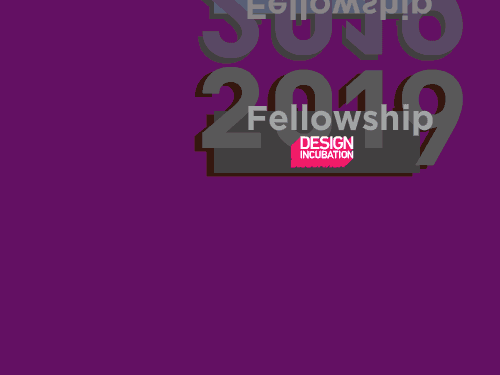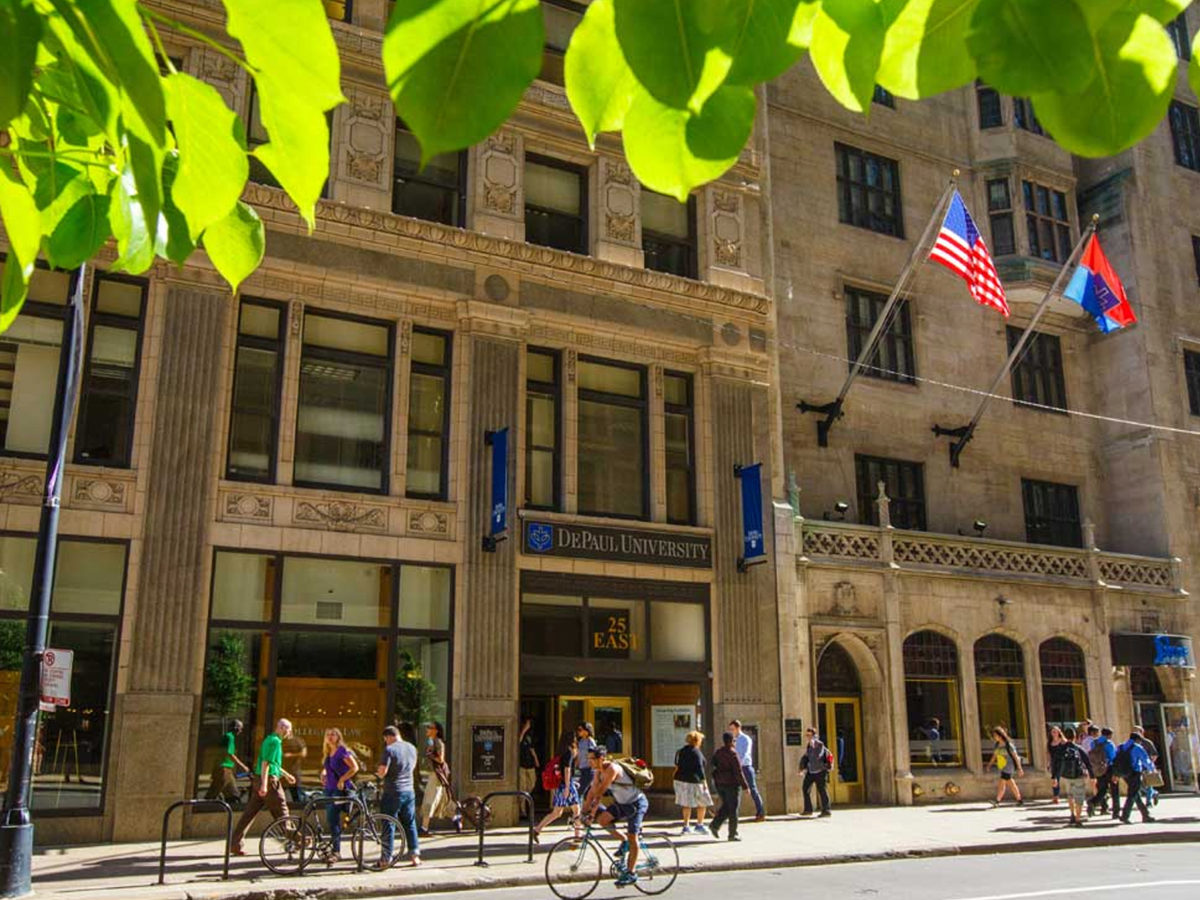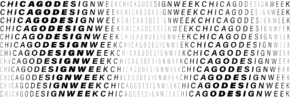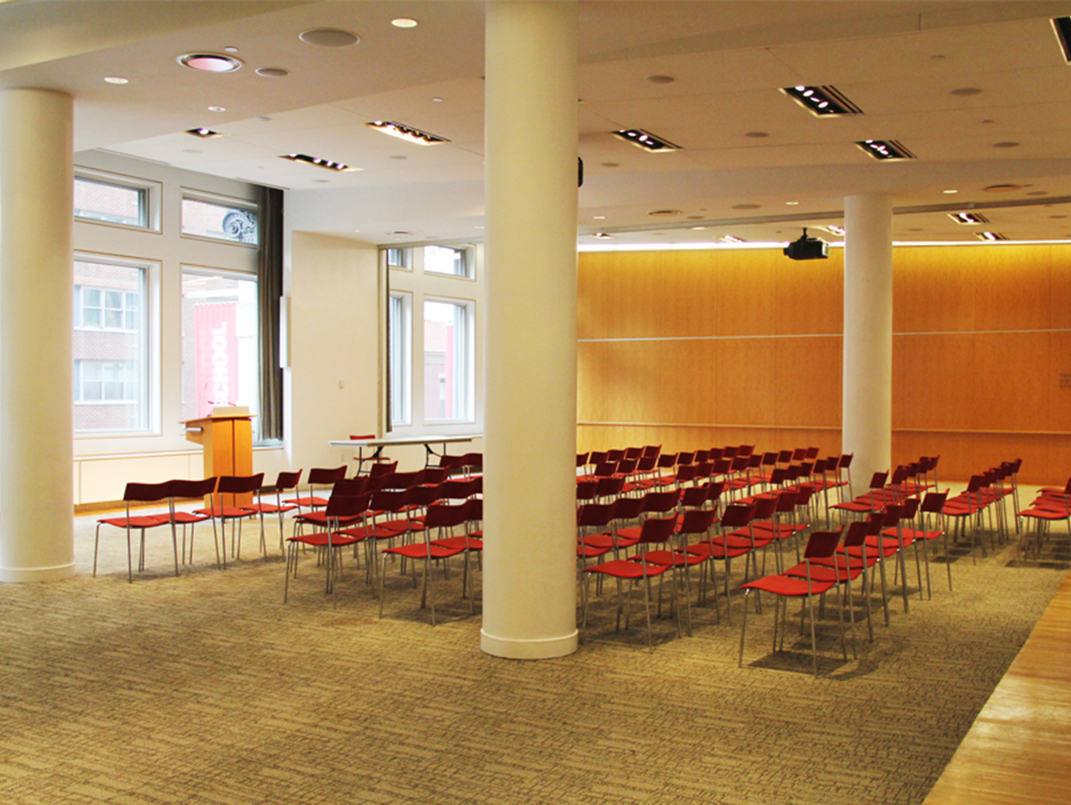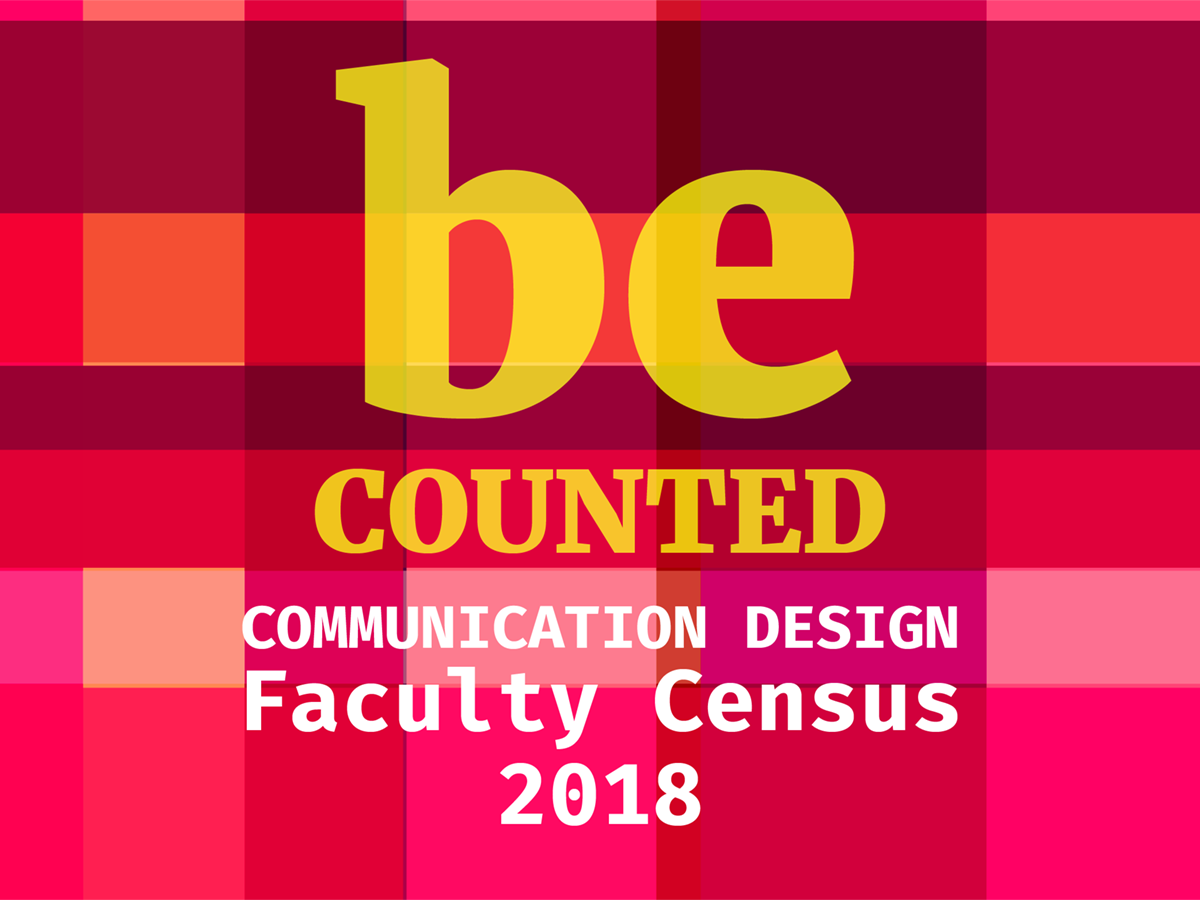We are excited to announce the beginning of the 2019 Communication Design Educators Awards season.
The aim of the awards program is to discover and draw attention to new creative work, published research, teaching, and service in our broad and varied discipline. We hope to expand the design record, promote excellence and share knowledge within the field.
Promoting Excellence
Help us support fellow design educators and advance the discipline by sharing this announcement. Encourage your colleagues to help us find the most talented faculty in our field and to recognize their efforts through a peer-review process.
New this year—Nomination
This year we are launching a new initiative—a nomination process. We ask mentors and colleagues to identify outstanding creative work, published research, teaching, and service being done by educators in our field and to nominate these individuals for an award.
How the nomination process work
Beginning from April 15 through July 31, 2019, you are invited to nominate a colleague’s creative work, published research, teaching, and service. Our short online nomination form will automatically notify your colleague that their project has been recommended for an award.
We will also contact the nominee to ensure they have received your recommendation and encourage them to submit their materials. All nominees are offered early submission to the awards allowing them to begin their entries immediately.
Self-nomination
We will continue to accept self-nominated entries to the awards. These applicants should submit their materials between June 1 and August 31, 2019. (No form completion needed for self-nomination. Simply enter.)
Important dates
- April 15–July 31: Nomination Process Opens
- April 15–August 31: Nominated educators may submit application materials
- June 1–August 31: Self-nominated educators may submit application materials
- September 2–30: Jury reviews applications
- October 10: Award recipients notified
- October 15: Award recipients announced
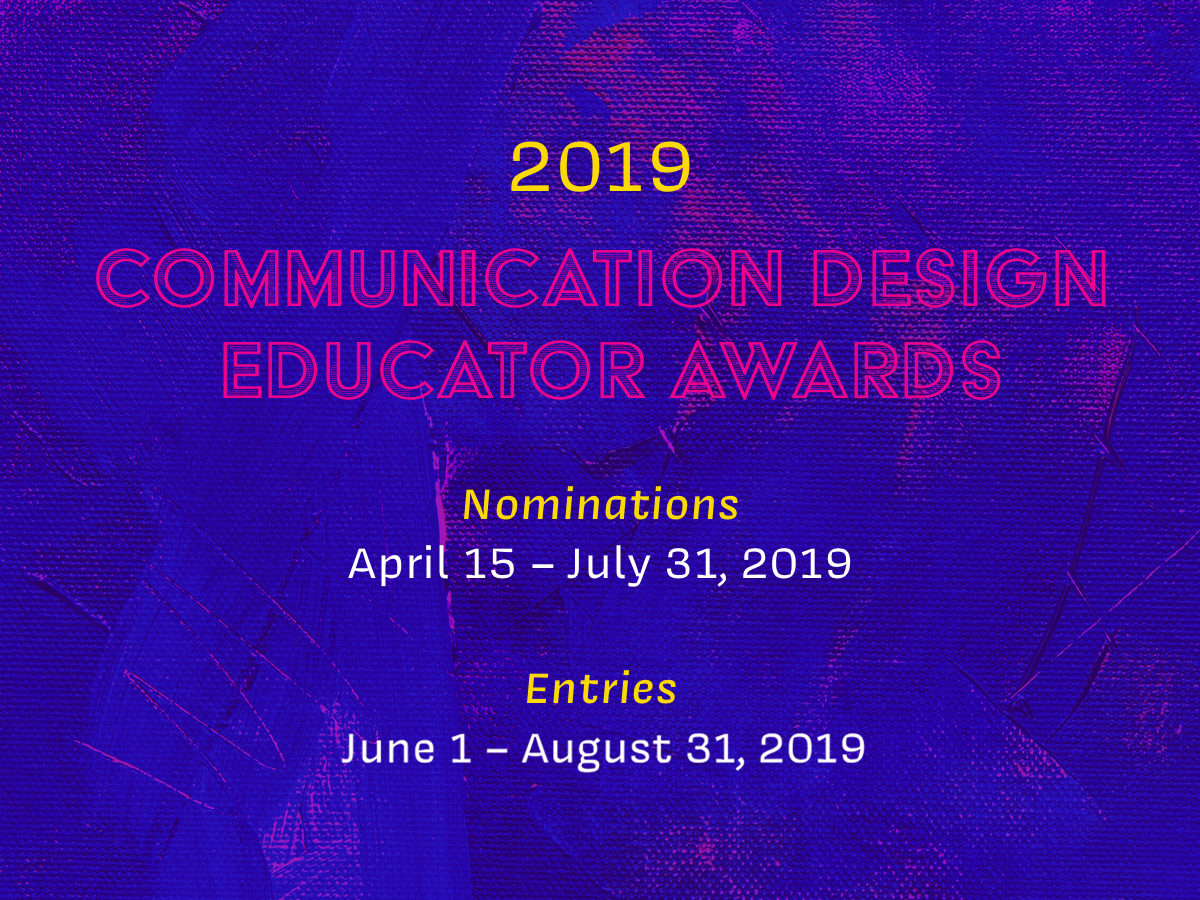
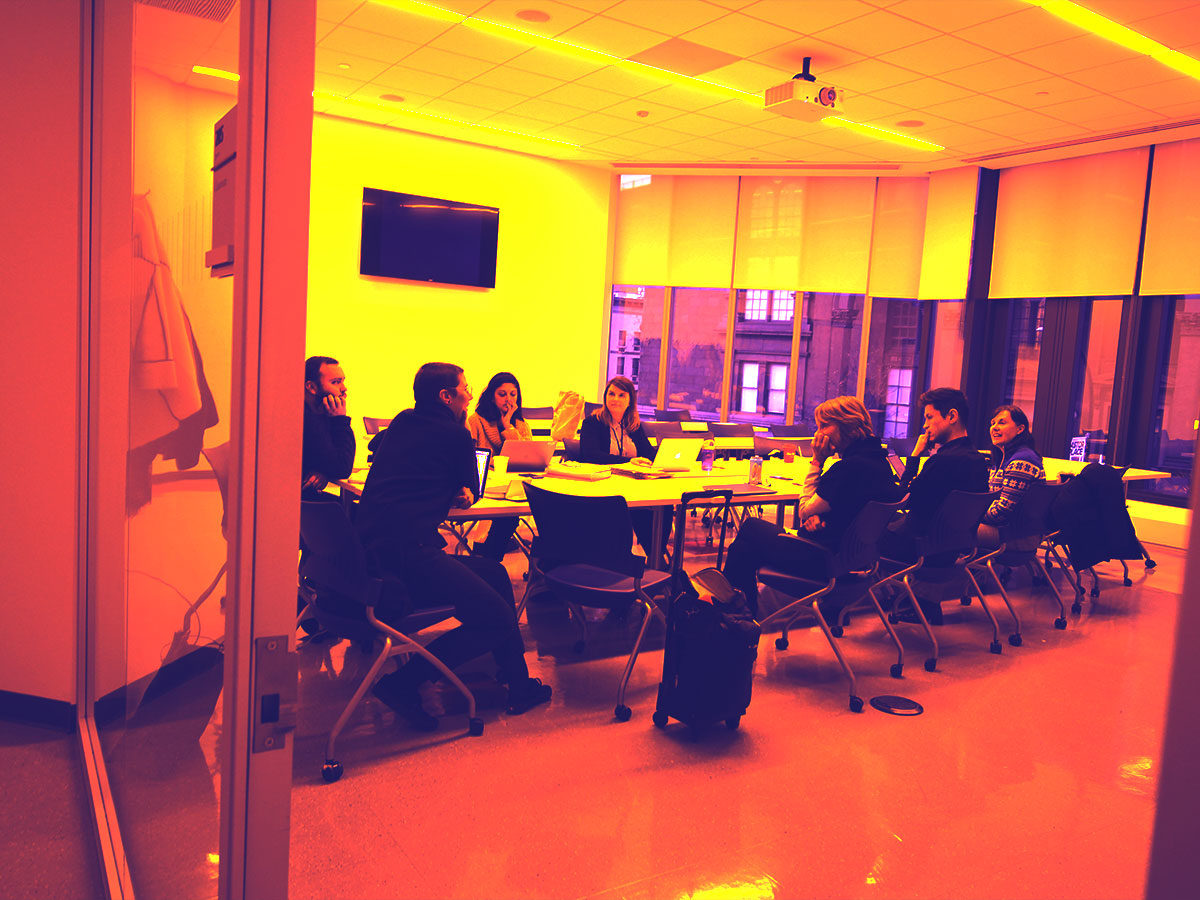


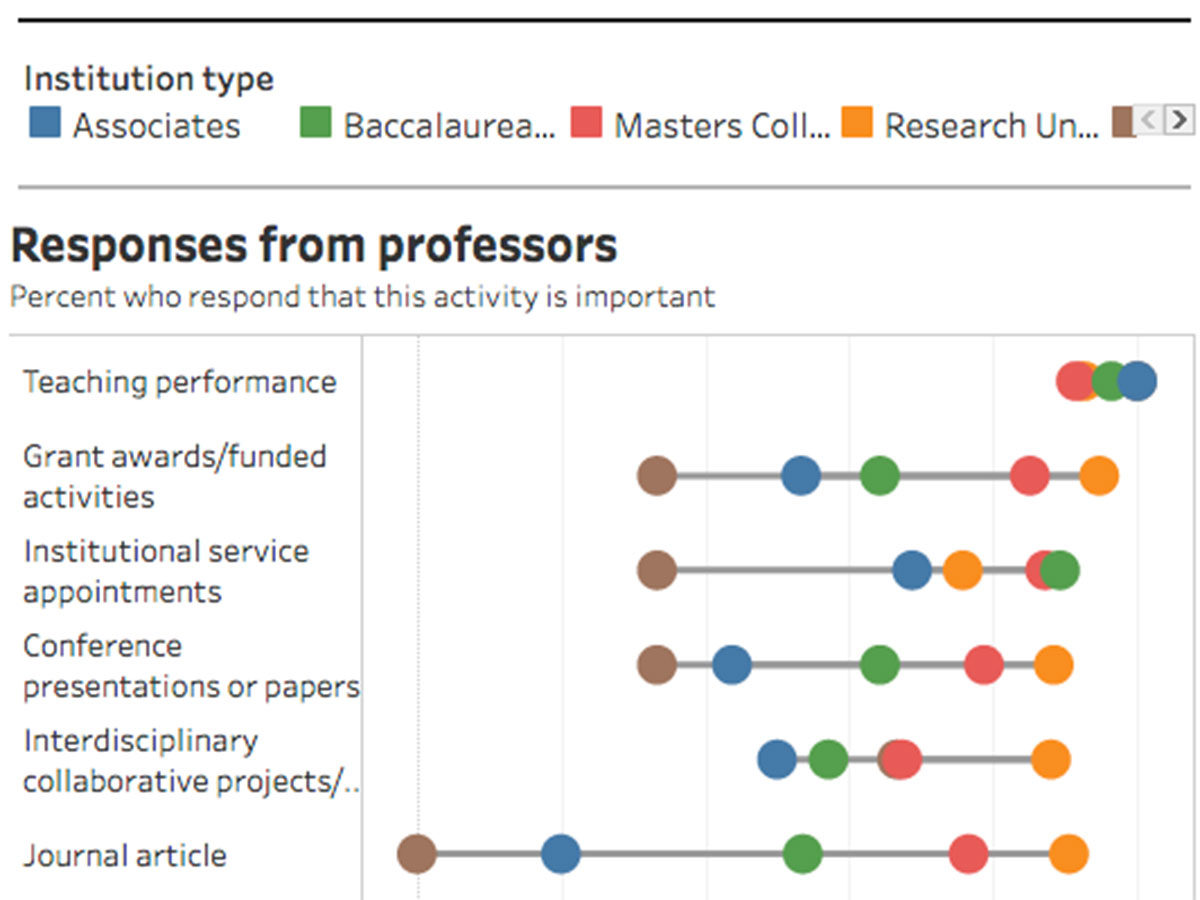
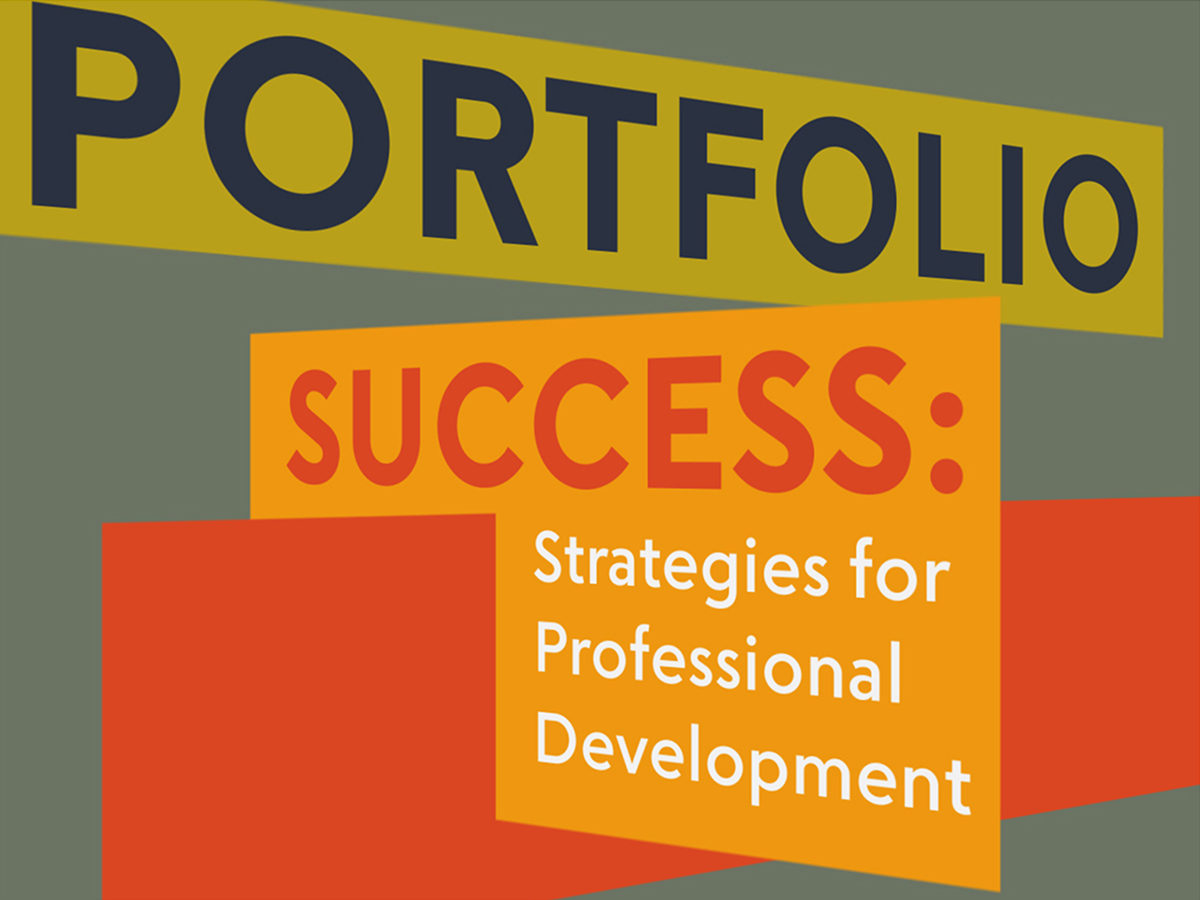
 Join industry professionals and design educators for a panel discussion on creating effective design portfolios. We will explore the role portfolios play in a successful design career now and in the future and will ask, are traditional portfolios still relevant? If so, what does a successful portfolio look like and what kind of projects should be included? Panelist will discuss what clients and employers want to see and which abilities industry leaders consider most important? You are invited to join the discussion as we look at new ways of teaching and explore emerging trends in effective portfolio development.
Join industry professionals and design educators for a panel discussion on creating effective design portfolios. We will explore the role portfolios play in a successful design career now and in the future and will ask, are traditional portfolios still relevant? If so, what does a successful portfolio look like and what kind of projects should be included? Panelist will discuss what clients and employers want to see and which abilities industry leaders consider most important? You are invited to join the discussion as we look at new ways of teaching and explore emerging trends in effective portfolio development. 